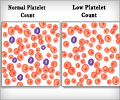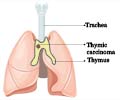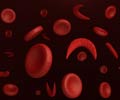Myasthenia gravis is a non-inherited autoimmune form of muscle weakness and nearly 60,000 American suffer from this disease.

MG is caused by an autoimmune response to the acetylcholine receptor (AChR), a muscle protein that translates nervous system signals into muscle contractions. Autoantibodies target the part of these receptors found on the outer cell surface of muscle, leading to weakness.
Researchers can induce MG in rats by injecting the AChR protein, which produces an animal disease model called experimental autoimmune myasthenia gravis (EAMG). In this study, Lindstrom and Luo found that injecting rats with the part of the AChR found on the inside of the cell protects those animals from EAMG and reverses the course of the disease if administered after the EAMG has already been induced.
"We have an antigen-specific immunosuppressive therapy that works on the animal model and should work on human MG," says Lindstrom, adding that such therapies are "rarer than hens' teeth."
A vaccine dose of 1 mg per week for six weeks, the team found, was sufficient to block development of chronic EAMG in rats. But significantly, the vaccine also worked after induction of chronic EAMG, and could block re-induction of disease months later, as well. The vaccine appears to work by preventing synthesis of pathological antibodies to the extracellular surface of the AChR protein.
Although called a "vaccine," Lindstrom's therapeutic is not like a vaccine for influenza or measles. In those cases, the idea is to raise immunity to disease antigens that can then attack the pathogen should it infect the body in the future. In the case of MG, the vaccine targets immune cells that recognize and target a self protein – the acetylcholine receptor, which helps transmit neural signals from cell to cell – and marks them for death.
The trick here is that the vaccine is made not from the portion of the AChR protein that the immune system normally would see – that part that is exposed on the outer surface of cells. Instead, it is built using the protein's cytoplasmic, or inner, cell regions. This formulation induces a robust, antigen-specific suppression of the immune response without also inducing MG itself. This may involve inhibition of cells involved in making pathological antibodies and regulating that response, but the exact mechanisms have not yet been determined.
Now, says Lindstrom, the goal is to test this approach in animals with EAMG and MG using other human adjuvants and then move to human clinical trials.
Source-Eurekalert
 MEDINDIA
MEDINDIA

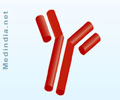
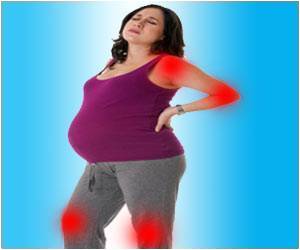

 Email
Email


